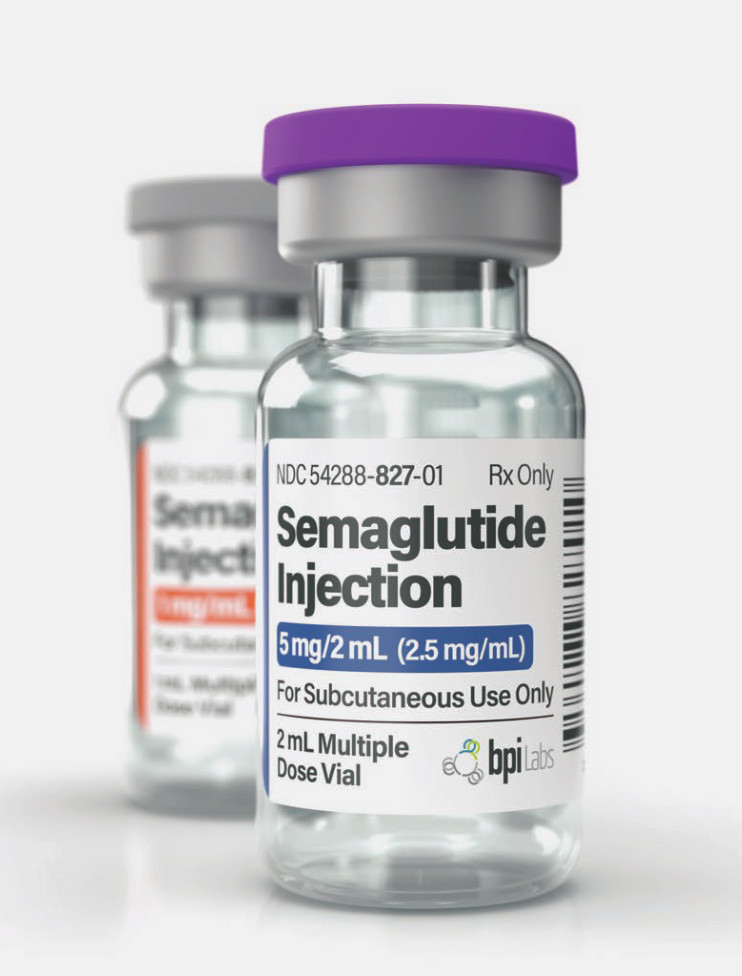
Is It Worth Investing in a Body Fat Scale?
The number you get when you step on a standard bathroom scale is a measure of your total body weight. That weight can come from bone, muscle, fat, water weight, or food that hasn't passed out of your system. You may notice that you lose or gain weight from day to day, but who much of what you gained or lost is body fat?

The number you get when you step on a standard bathroom scale is a measure of your total body weight. That weight can come from bone, muscle, fat, water weight, or food that hasn’t passed out of your system. You may notice that you lose or gain weight from day to day, but who much of what you gained or lost is body fat?
It would be useful to have a way to measure changes in body fat as opposed to weight since only a percentage of total body weight is fat. In fact, your body weight can change by as much as 5 pounds if you eat a very large meal and retain water due to the high salt content.
You may have noticed ads for body fat scales that measure body fat percentage. These scales work by the principle of bioelectrical impedance. They’re available in a hand-held form and a scale you step on with your feet. Most people choose the latter version and use it in place of a bathroom scale.
How Body Fat Scales Work
When you stand on the scale, it shoots a harmless electrical current through your feet. Since fat conducts energy more slowly than muscle, a body fat scale can give you a good idea of your body fat percentage.
Sounds convenient, doesn’t it? But, are these scales accurate? The problem with scales that use bioelectrical impedance is they’re sensitive to changes in hydration status, how much fluid you have on board when you step on the scale. When you’re dehydrated, the scale tends to overestimate your body fat percentage. Likewise, if you just chugged a large container of water, the reading may look like your body fat percentage is lower than it actually is. So, in an absolute sense, they aren’t that reliable.
What body fat scales that use bioelectrical impedance are useful for is monitoring for changes in body fat composition. But, to get reliable results, you have to use the scale at the same time each day and under the same conditions. The best time to step on a body fat scale is first thing in the morning after urinating and before drinking fluid or eating. Even then, you can expect some variation based on lifestyle. For example, if you ate an unusually big meal the day before, it can throw the results off. Likewise, women can experience variations based on where they are in their menstrual cycle.
Compared to other ways of measuring body fat composition, body fat scales fall short. The “gold standard” is a DEXA scan, the same technology used to measure bone density. However, a DEXA scan exposes your body to low-dose radiation. Plus, you have to go to a center that performs this procedure. So, it’s not practical for following your body fat percentage on a week to week or month to month basis.
Another way to measure body fat percentage that’s more accurate than a body fat scale is hydrostatic weighing. With this technique, a technician weighs you on land and again after you’re submerged in a water tank. Like a DEXA scan, there are costs involved and you have to go to a special facility. Hardly doable on a frequent basis!
You can also get a rough approximation of body fat percentage using inexpensive calipers. However, measuring your body fat this way takes skill with using the calipers. There’s a learning curve! Plus, you have to measure at seven different sites and average the values. It’s a do-it-yourself method but not as quick and convenient as stepping on a scale.
Body fat scales have pros and cons. The cons are their lack of absolute accuracy and the fact that you’ll have to shell out as much as $100 for one. The pros are it’s quick, easy, and you can use it to monitor changes in body fat percentage if you weigh under the same conditions every time. Worth the expense? It depends on how closely you want to track your body fat percentage. Having this kind of feedback can help you make more frequent adjustments to your diet and exercise routine.




